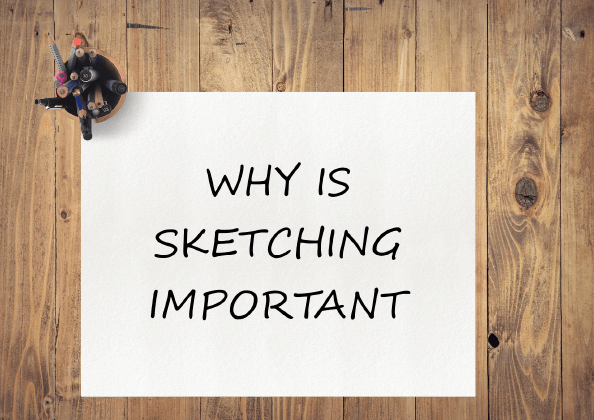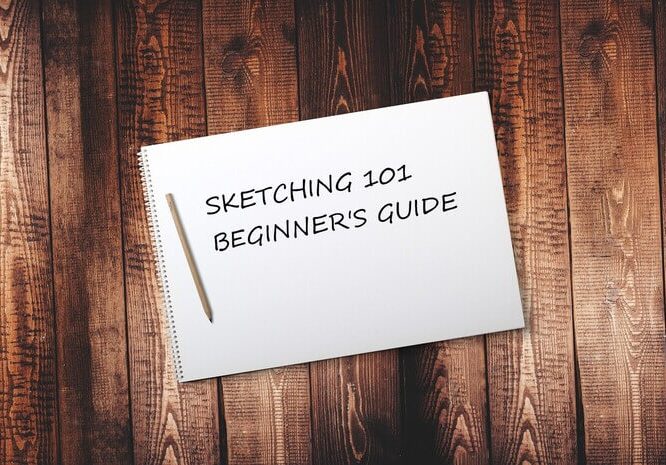Sketching is an essential part of the drawing process. Whether you’re a beginner or an experienced artist, sketching can help you quickly capture ideas, explore compositions, and refine your skills.
In this blog post, we’ll take a closer look at the importance of sketching and provide some tips for getting started.
What is Sketching?
Sketching is a form of drawing that involves quickly creating rough outlines and shapes of a subject. Sketches are typically done using pencils, pens, or other dry media, and can be done on a variety of surfaces, such as paper, sketchbooks, or digital tablets.
Sketches are often used as a way to explore different ideas and compositions before committing to a final drawing. They can be loose and expressive, or more refined and detailed, depending on the artist’s style and intent.
Sketching can be done from observation, memory, or imagination, and can be used to capture a wide range of subjects, from still-life objects to complex figures and scenes.
Why is Sketching Important?

Sketching has several benefits for artists of all levels:
Speed and Efficiency: Sketching allows artists to quickly capture ideas and explore different compositions. This can be especially useful when working on complex drawings, where the artist needs to try out different options before settling on a final design.
Skill Development: Sketching can help artists develop their drawing skills, such as hand-eye coordination, observation, and line quality. By sketching regularly, artists can also develop their own unique style and techniques.
Flexibility: Sketching is a flexible medium that can be used in a variety of settings, from the studio to the outdoors. It also requires minimal materials, making it an accessible and affordable way to practice drawing.
Tips for Sketching
If you’re new to sketching, here are a few tips to help you get started:
Keep it loose: When sketching, don’t worry too much about making mistakes or creating a perfect drawing. Instead, focus on capturing the essence of your subject in a loose and expressive way.
Experiment with different materials: Try out different types of pencils, pens, and other dry media to see which ones you prefer. You can also try sketching on different surfaces, such as textured paper or toned paper, to add variety to your sketches.
Practice regularly: Like any skill, sketching takes practice to develop. Try to make a habit of sketching regularly, even if it’s just for a few minutes a day. Set aside time to sketch from life, from photographs, or from your imagination.
Use reference materials: If you’re struggling with a particular subject, such as a difficult pose or a complex scene, try using reference materials to help guide your sketch. This can include photographs, drawings by other artists, or even 3D models.
To conclude
In conclusion, sketching is an important tool for any artist, whether you’re a beginner or an experienced professional.
By practicing regularly and experimenting with different techniques and materials, you can develop your drawing skills and create a portfolio of expressive and dynamic sketches.
So grab a pencil and start sketching today!
